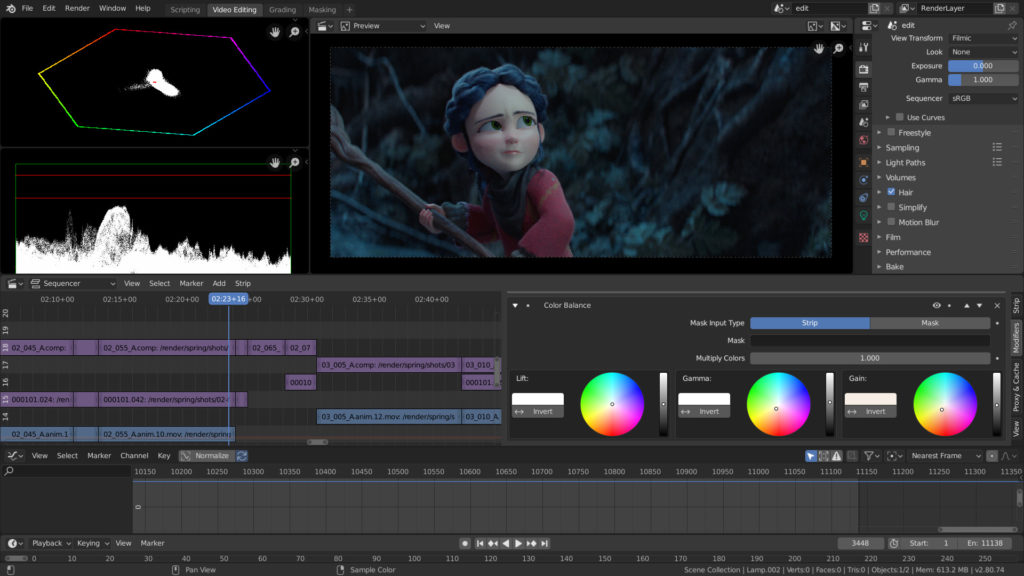
Unofficial packages for most distributions are available the Blender forum is the best place to start looking for current information.

Blender also uses OpenGL for almost all of its interface, so if you don’t have a 3D capable graphics card, you can’t even get started. The noteworthy dependencies are Python 2.5 and glibc 2.3.6.

You can download the latest release as source code, or as binaries for Linux, Mac OS X, or Windows, with 32-bit and 64-bit variants for each platform. Blender’s version numbering system is a bit quirky all of the 2.5x series are officially tagged as “beta” releases the “a” on the current version marks it as a minor bug-fix to 2.56. The latest release is dubbed 2.56a, and is the result of the foundation’s recent Sintel movie project. Each movie is run like a commercial studio project, and whatever the animators need, the developers work on adding in to the next version of the app. One reason Blender continually adds so many features is that The Blender Foundation funds its development by using it in real-world animation projects like Elephants Dream and Big Buck Bunny. Fortunately, the latest release takes on that challenge head-first, and makes some major improvements. One of the down sides, though, is that over the years Blender has developed the reputation of being difficult to learn. Each release packs in more new features than most people can understand without consulting a textbook (or two). It handles every part of the workflow used to create a CGI film or a 3D game: creating objects, rigging them to move, animating them, controlling lighting, rendering scenes, and even editing the resulting video.

The 3D powerhouse Blender is arguably the most complicated piece of desktop software in the open source world.


 0 kommentar(er)
0 kommentar(er)
